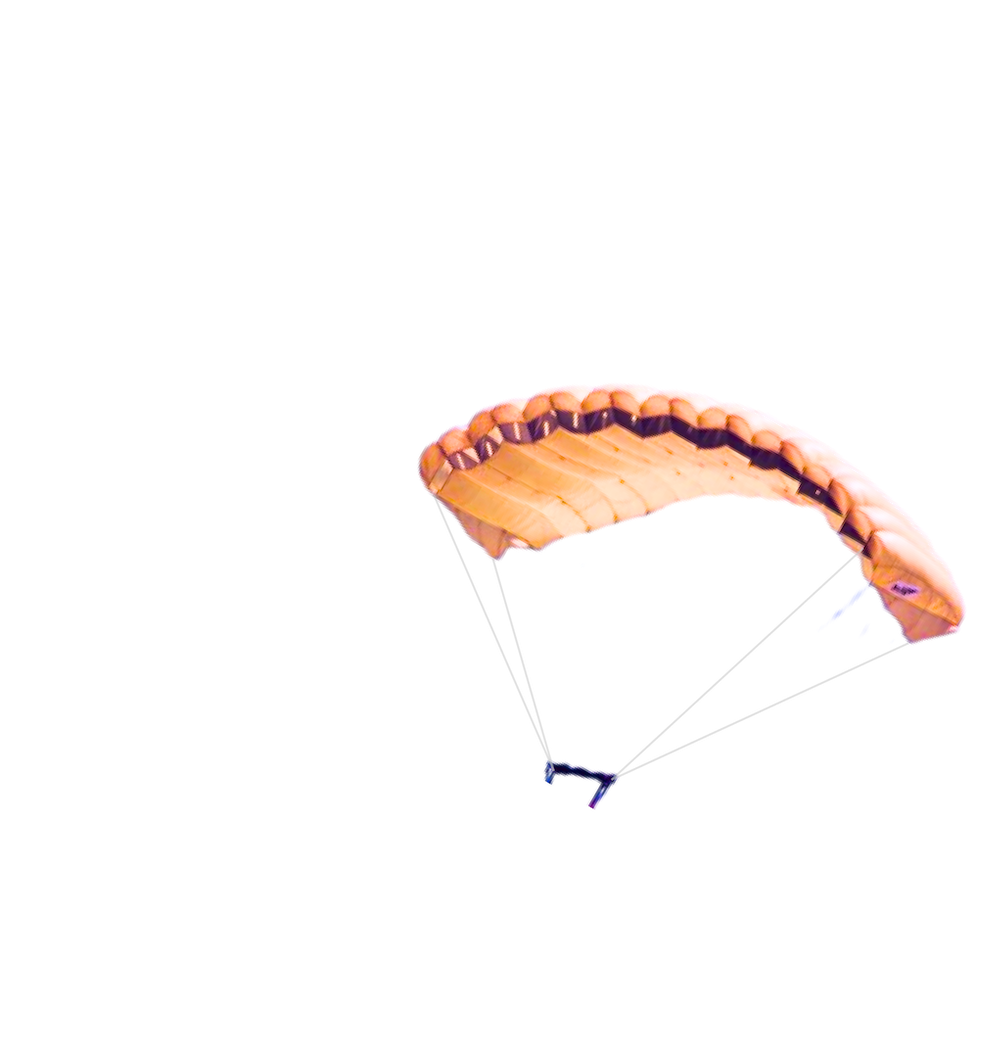Transition to Retirement Income Stream
A transition to retirement income stream is basically an account-based pension with two additional conditions.
What is a Transition to Retirement Income Stream?
A transition to retirement income stream (TRIS) is basically an account-based pension with two additional conditions:
- You cannot draw more than 10% of the balance each year.
- In most instances, you cannot make lump sum withdrawals from your TRIS.
A TRIS can be set up once you meet the preservation age of 60 years, but have yet to meet a condition of release such as retirement. When you do meet a condition of release, your TRIS will convert to a retirement phase income stream with additional tax benefits.
How does it work?
- You need to draw an income between the minimum (see table below) and the maximum of 10% each year.
- Your balance comes from super money and is invested in the market.
- You cannot generally access the balance of your TRIS until you meet a condition of release such as retirement.
- Tax treatment of income payments is the same as an account-based pension, but tax treatment of assets stays the same as super.
Age | Standard minimum 2025/26 and beyond |
Under 65 | 4% |
65 to 74 | 5% |
75 to 79 | 6% |
80 to 84 | 7% |
85 to 89 | 9% |
90 to 94 | 11% |
95 or older | 14% |
What are the benefits?
- You may use a TRIS to supplement your income as you reduce hours in preparation for retirement.
- You may use a TRIS to replace your salary so you can contribute more to super. This can help boost your savings pre-retirement.
- Your TRIS can revert to your spouse and in some instances, a dependent. This allows the pension to continue if you pass away.
- You can increase your income payments above the minimum payment.
- The balance may transfer to your beneficiaries upon death.
- Your TRIS will be invested and may benefit from capital growth and income reinvestment.
What should I be thinking about?
- You must draw at least the minimum pension payment each year. The amount is based on your age and balance (as above table).
- It doesn’t last forever. How much you draw as an income, as well as market performance, will impact the balance and longevity of your TRIS and eventually your retirement income too.
- You cannot add to your TRIS once it has started.
- Investment earnings on TRIS pensions in the pre-retirement phase are taxed at a rate of up to 15%.
- Minimum payments are pro-rated when the TRIS commences part way through the financial year. This amount must be paid out of the fund before the TRIS can be closed or rolled back to super.
- A TRIS is considered a financial investment for Centrelink purposes and therefore any income paid is deemed and assessable for means testing.
- A TRIS can only be purchased with money from superannuation.
- You should notify your product provider if you meet a condition of release so your TRIS is converted to an account-based pension. This will reduce tax on your pension assets.
- TRIS income payments and balances do not impact your Transfer Balance Cap for retirement until they convert to an account-based pension.
Important information regarding this information
This information is of a general nature. It does not consider your personal objectives, needs or situation. It does not represent legal, tax or personal advice and should not be taken as such. If it has been provided to you with a Statement of Advice (SoA), you should rely on the personal advice in the SoA.
Care has been taken to provide up to date and accurate information relating to the subject area however BR Advice Pty Ltd (ABN 30 612 056 523, AFSL 488655), Blue Rock Private Wealth Pty Ltd (ABN 95 166 927 055, AFSL 452733), and their representatives make no representation as to its accuracy or completeness.
Published: July 2025.
© Copyright 2025.

